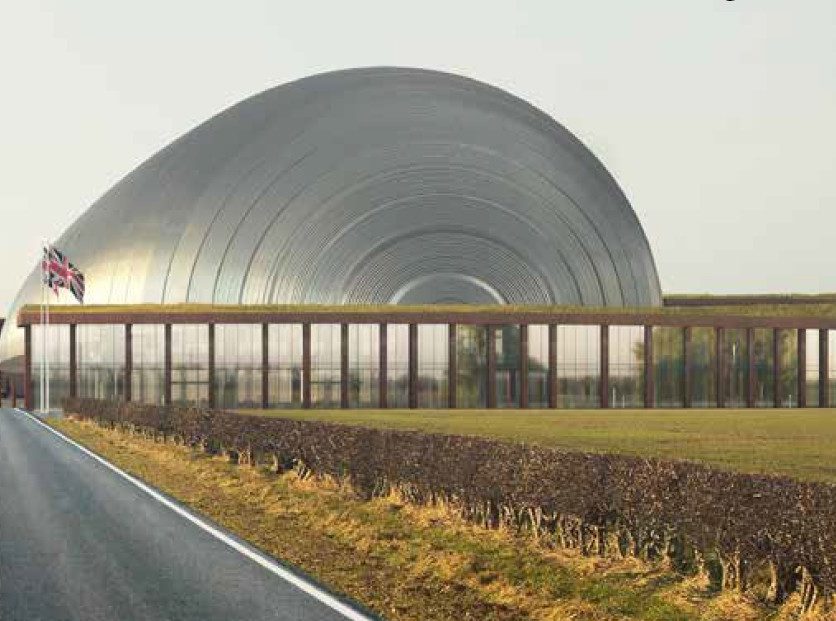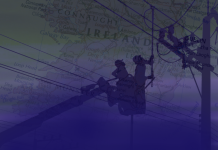Small nuclear reactors (SMRs) as sources of low-carbon hydrogen fit to decarbonise industry and to fuel vehicles are the focus of an engineering partnership led by Rolls-Royce, the power station to aero-engines combine.
Dutch nuclear consultancy ULC-Energy and Danish fuel cell developers Topsoe have signed co-operation understandings with the Crewe-based world brand, in the next stages of what Britain’s government sees as a renaissance in the cumbersome, overcentralised technology.
Topsoe contribute proprietary know-how in building electrolysis cells based on solid oxide materials SOECs. Low-carbon nuclear heat released at very high temperatures by their reactors of their British partners could contribute the energy needed to split green hydrogen from water.
Smaller than the atom-splitters of over-budget, always delayed leviathans such as Hinkley Point C, SMRs promise to be less expensive. Modular designs using components made offsite to a template and at lower cost indicate, or so government and investors hope, faster and further deployment of SMRs.
Initially focused on demonstrating synergies between SMRs and SOECs in a conceptual study, the three companies will also evaluate the potential operational flexibility of the combination in a future energy market based primarily on renewable power.
ULC-Energy CEO Dirk Rabelink said: “Hydrogen will play an increasingly important role in balancing future energy markets.
“We expect nuclear energy, especially in combination with high temperature electrolysis, to be able to produce zero-emission hydrogen competitively on a stand-alone basis. Additional value associated with the operational flexibility will further enhance the business case for this solution.”
Nuclear energy combined with SOEC technology could produce hydrogen more cheaply than alternative electrolysis processes because of the high temperatures, which means less electricity is needed, the partners said. Nuclear power plants can provide energy up to 95% of the time, far higher than other sources.
Topsoe’s Sundus Cordelia Ramli added: “With our SOEC technology, we can produce more hydrogen relative to influx of renewable power input when compared to competing electrolysis technologies. To enable net zero by 2050, we need to look into all possible technologies, and we’re confident that our electrolysis technology will be one of the key components.”
“SMR power plants will also be able to switch to deliver power to the grid when needed, providing back-up to variable power sources when they are not available. “This is expected to be a competitive solution compared to alternatives, like long duration energy storage solutions or hydrogen combustion for electricity generation,” the parties declared.
Harry Keeling, Rolls-Royce SMR’s head of industrial markets, said: “The production of low-cost hydrogen is a critical step on the pathway to decarbonising our wider society.
“Our agreement with ULC-Energy and Topsoe is an exciting step toward unleashing the potential of the Rolls-Royce SMR. Its ability to flexibly provide thermal and electrical energy supports a wide range of industrial applications, chief amongst these being the large-scale generation of low-cost hydrogen.”




